We discovered Prato, Italy on a day trip from Florence. We took the train and planned to spend the entire day investigating this small town. It seemed to have quite a few unusual things to see like castles and spectacular views. Our friend from Florence has family that lives in this town so we thought we’d check it out.
Prato often flies under the radar, overshadowed by nearby Florence, but that’s exactly what makes it special. It’s authentic, walkable, and full of life—without the crowds. For travelers who want to see real Tuscany, where locals fill the piazzas and art hides around every corner, Prato deserves a spot on your list.
This post contains affiliate links that help keep this website running. By purchasing through our links, we make a small commission at no extra charge to you. Thank you for your support!
Castel dell’ Imperatore
From the outside, Castel dell’Imperatore looks like a dream out of a storybook—massive stone walls and a fortress that dominates the town center. Built in the 13th century for Emperor Frederick II, it’s the only Swabian-style castle north of Sicily, and it was meant to be a statement of power more than comfort.
I’ll be honest—I was a bit disappointed once inside. There’s no grand interior or winding halls, just open sky, grass, and bare walls. Still, it’s worth stepping in. The structure itself is incredible, and there’s something oddly peaceful about standing inside centuries-old stone walls surrounded by quiet. Locals often bring lunch or an espresso to enjoy in the grass courtyard.
In summer, the castle hosts open-air concerts, films, and festivals, and you might catch a show under the stars. Here’s a great site for current tourist information.
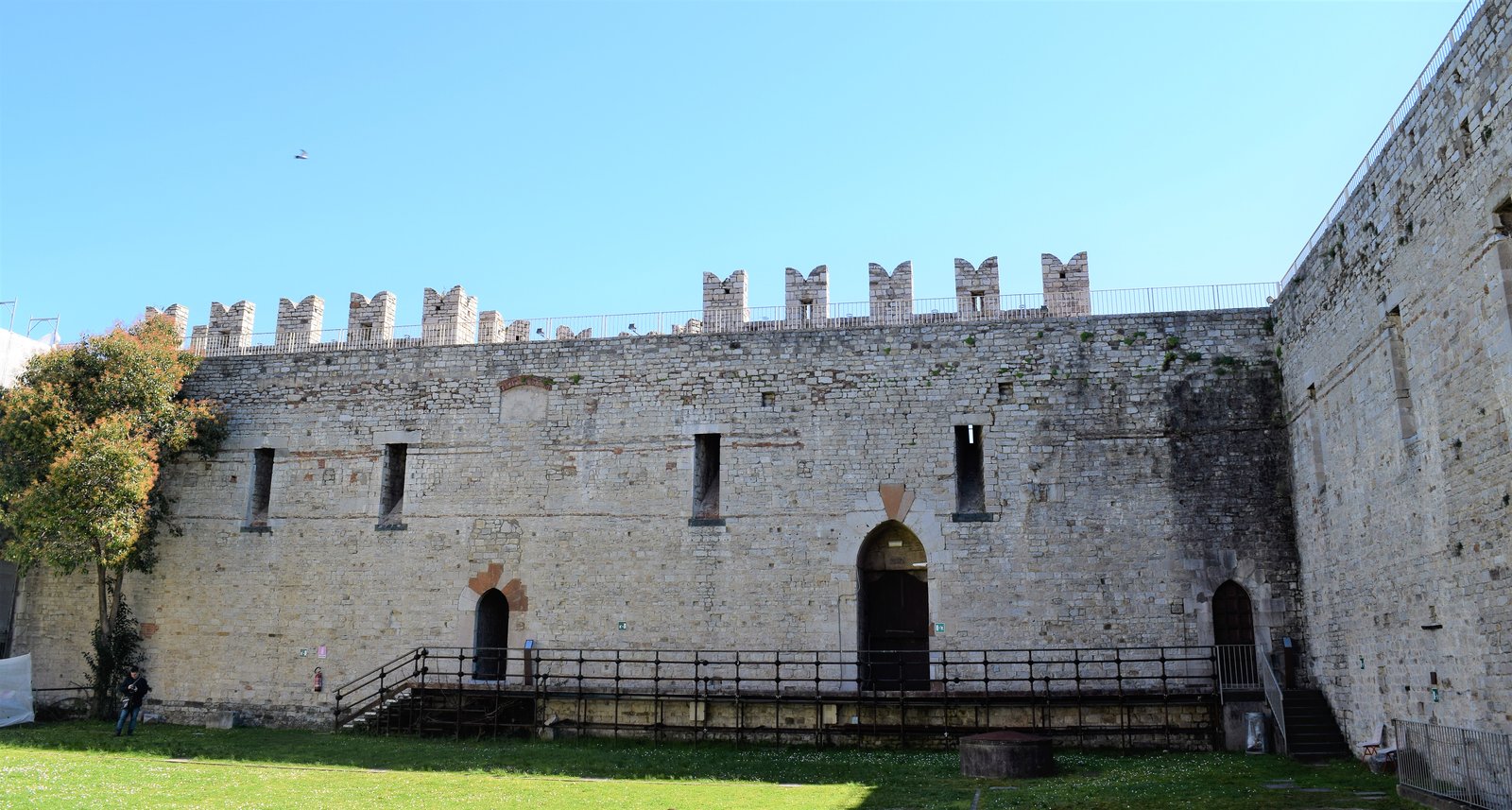
Cathedral of Prato
Just a short walk away stands the Cathedral of Santo Stefano, Prato’s most cherished landmark. Initially built in the 5th century and expanded over time, it became a cathedral in 1653. Its black-and-white marble façade—crafted from Alberese limestone and green Serpentine marble—glows beautifully in the Tuscan sun.
Inside, the cathedral feels intimate yet grand. The soft echo of footsteps and the scent of old stone make you instinctively lower your voice. Look up, and you’ll see frescoes by Filippo Lippi and Paolo Uccello. These masterpieces tell the story of St. Stephen and the Virgin Mary with incredible detail and color that still feels alive.
The Sacred Belt of the Virgin Mary
The story of the Sacra Cintola is one of the most beloved in Tuscany. According to legend, the Virgin Mary gave her belt to Saint Thomas as proof of her Assumption into heaven. The relic was brought to Prato in the 12th century and became a powerful symbol of faith and protection for the city.
Today, the belt is kept in a small chapel inside the cathedral and is displayed to the public five times each year. The biggest celebration happens on September 8th, during the Festival of the Sacred Belt (Festa della Sacra Cintola). The streets fill with processions, flags, and music—a beautiful blend of devotion and local pride. If you happen to visit during this time, it’s an unforgettable experience.
Frescoes in the Museum
Next to the cathedral is the Museo dell’Opera del Duomo, small but packed with treasures. The frescoes here are stunning, especially up close—you can see the delicate brushstrokes and the centuries of restoration that keep them vibrant.
The Pulpit in the Museum
But the real jewel is the pulpit by Donatello and Michelozzo, crafted between 1434 and 1438. This marble masterpiece was created for the public display of Prato’s most sacred relic—the Belt of the Virgin Mary (Sacra Cintola). Donatello’s angels seem to dance right off the marble, their robes flowing with motion and light.
The original pulpit is safely preserved inside the museum, while a perfect replica sits outside on the cathedral’s corner, where it’s still used during religious ceremonies. When you step into Piazza del Duomo, look up—you’ll spot it right away.
Strolling Around
After lunch, we decided to stroll around and visit the small streets. They were as pretty as they come. We even found someone who enjoyed watching the streets as much as we did…
More to See in Prato
Prato isn’t just about history. It’s a working city with a creative pulse that ties its medieval past to modern life.
- Museo del Tessuto (Textile Museum): Housed in a former factory, this museum celebrates Prato’s centuries-old textile industry. You’ll see ancient looms, fashion exhibitions, and fabrics that trace the city’s identity through design.
- Centro Storico: Wander its narrow streets, where laundry still hangs from balconies and the scent of espresso drifts through open windows. Stop in Piazza del Duomo for a cappuccino and some people-watching—locals linger here all day.
- Cantucci and Vin Santo: Prato is the birthplace of these crunchy almond biscuits, often served with sweet dessert wine. Try them at Biscottificio Mattei, where they’ve been baked since 1858 (the blue tin is iconic).
- Modern art fans: Visit Centro Pecci, a striking contemporary art museum on the city’s edge that hosts rotating international exhibits.
Getting There
Prato is an easy day trip from Florence—just 25 minutes by regional train from Firenze Santa Maria Novella station. Trains run frequently throughout the day, and the walk from Prato Centrale to the historic center takes about 10–15 minutes.
Final Thoughts
Prato may not have Florence’s fame, but that’s exactly its strength. It’s a city that feels lived-in, where art isn’t behind ropes and locals still outnumber tourists. Between the quiet beauty of the cathedral, the imposing presence of the castle, and the aroma of freshly baked cantucci in the air, Prato offers an honest glimpse into everyday Tuscany—real, timeless, and beautifully human.
When planning a visit, know that Prato, much like other towns, has stores that close from 1:00 pm to about 4:00 pm. During this closure, store owners and workers go home and spend time with their families. People call it “Siesta” and think all Italians are sleeping, but that is just not the case. But in Prato, nothing, and I genuinely mean not much, is open but a handful of restaurants. If you are planning a trip to Prato, I suggest you get there early in the morning before the town closes for the day.

We have an excellent restaurant recommendation for Chinese food on the main tab, FOOD > RESTAURANT RECOMMENDATIONS
Or use this link

Editor’s Note: This post was initially published in July 2018 and was recently updated in December 2025 for accuracy and additional information.


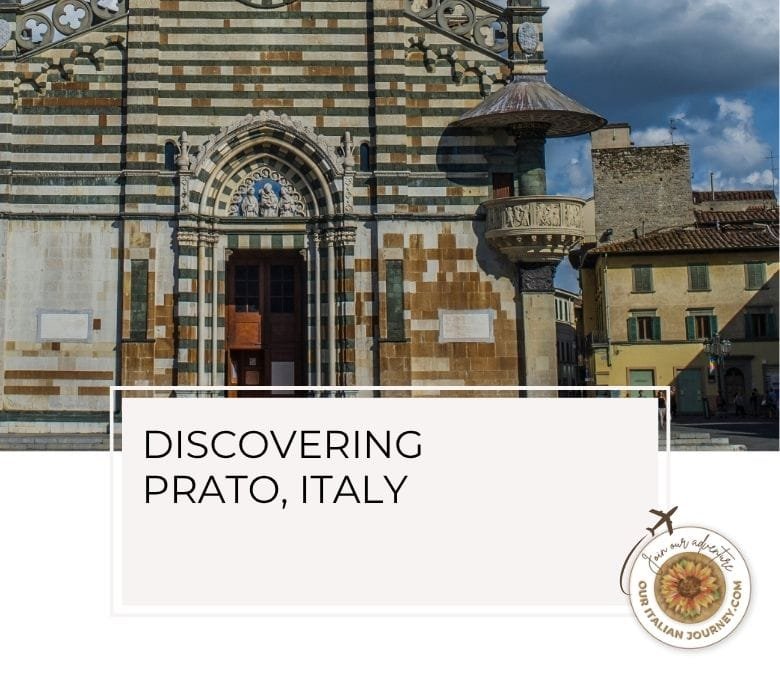
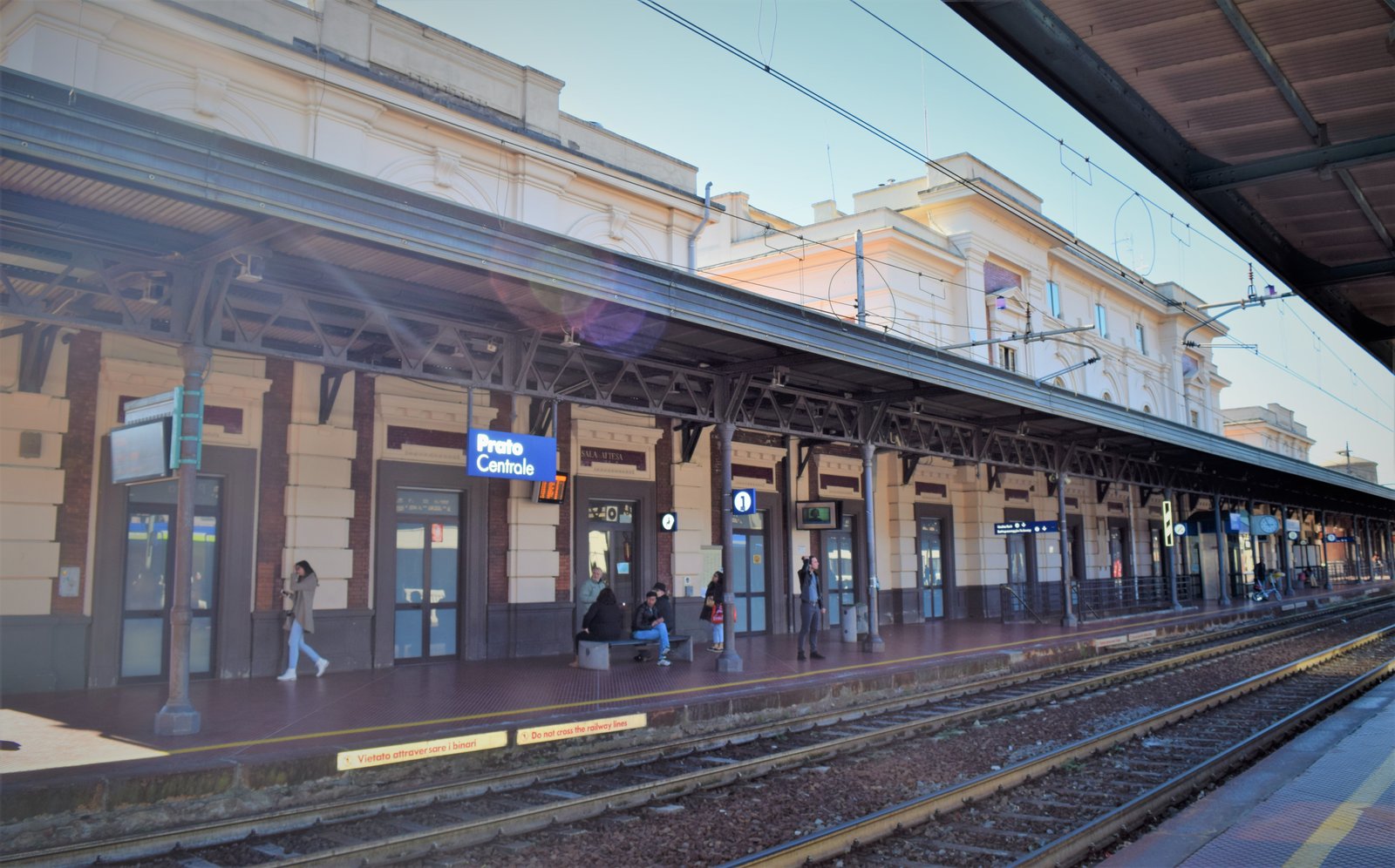
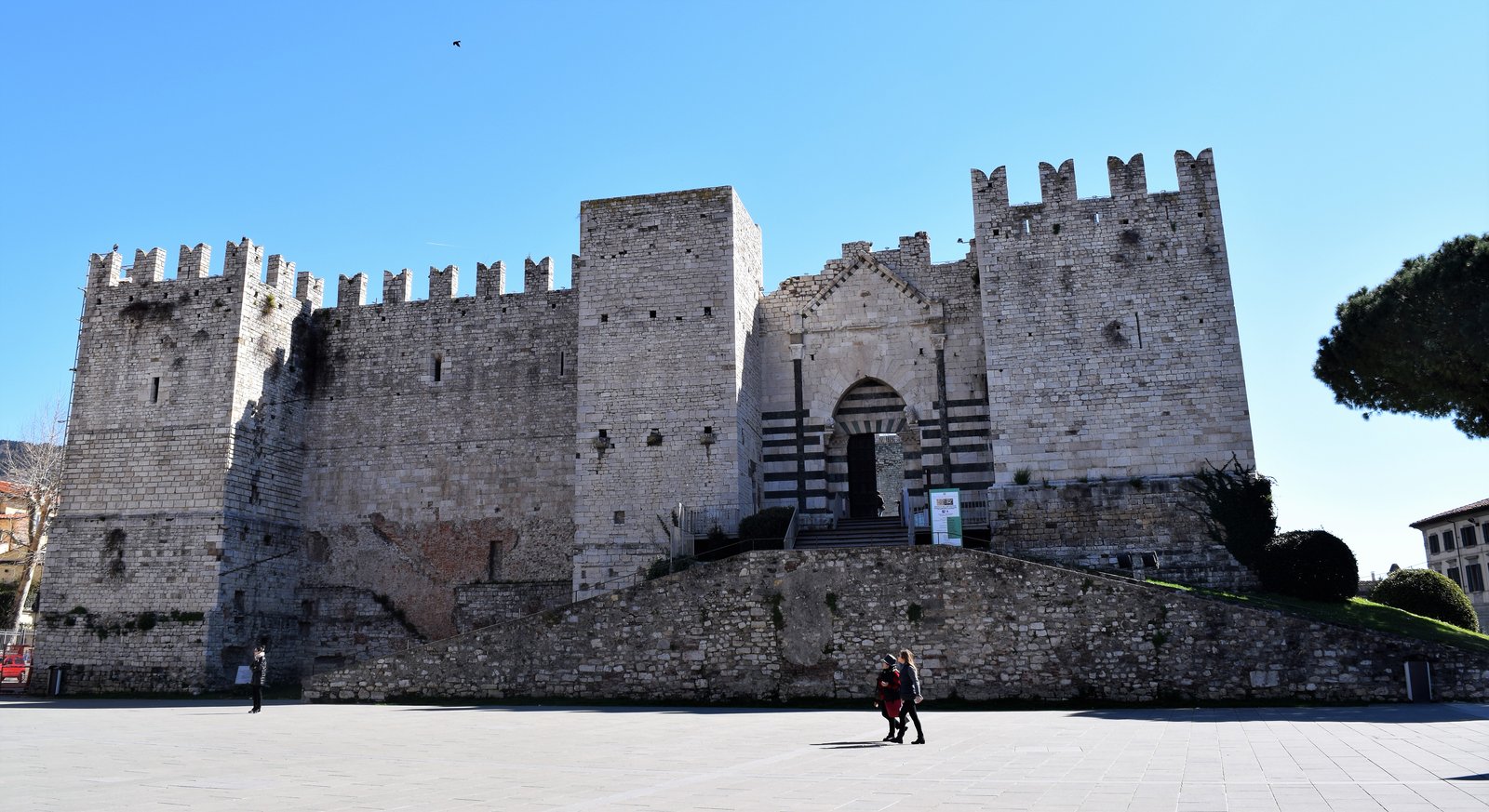

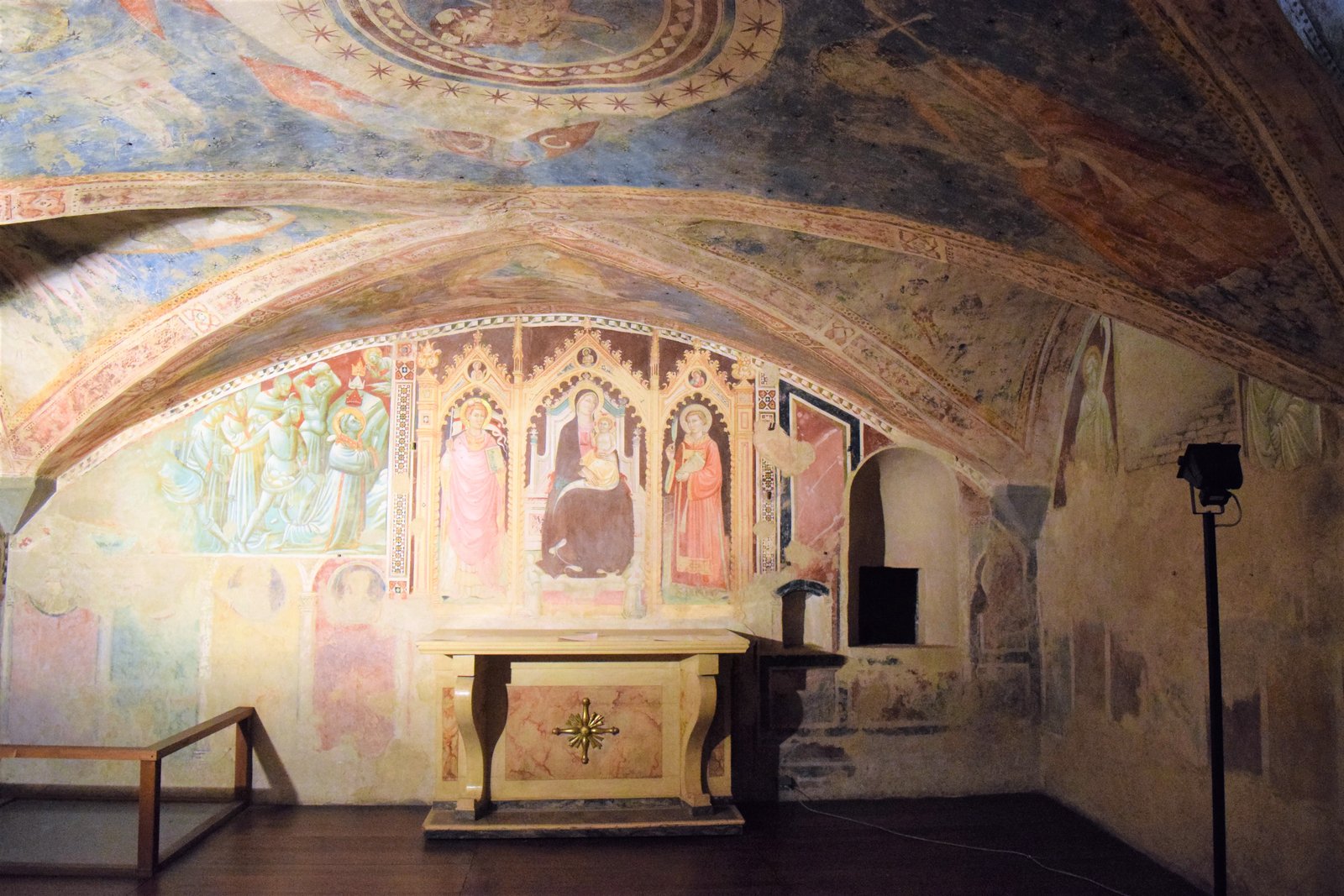
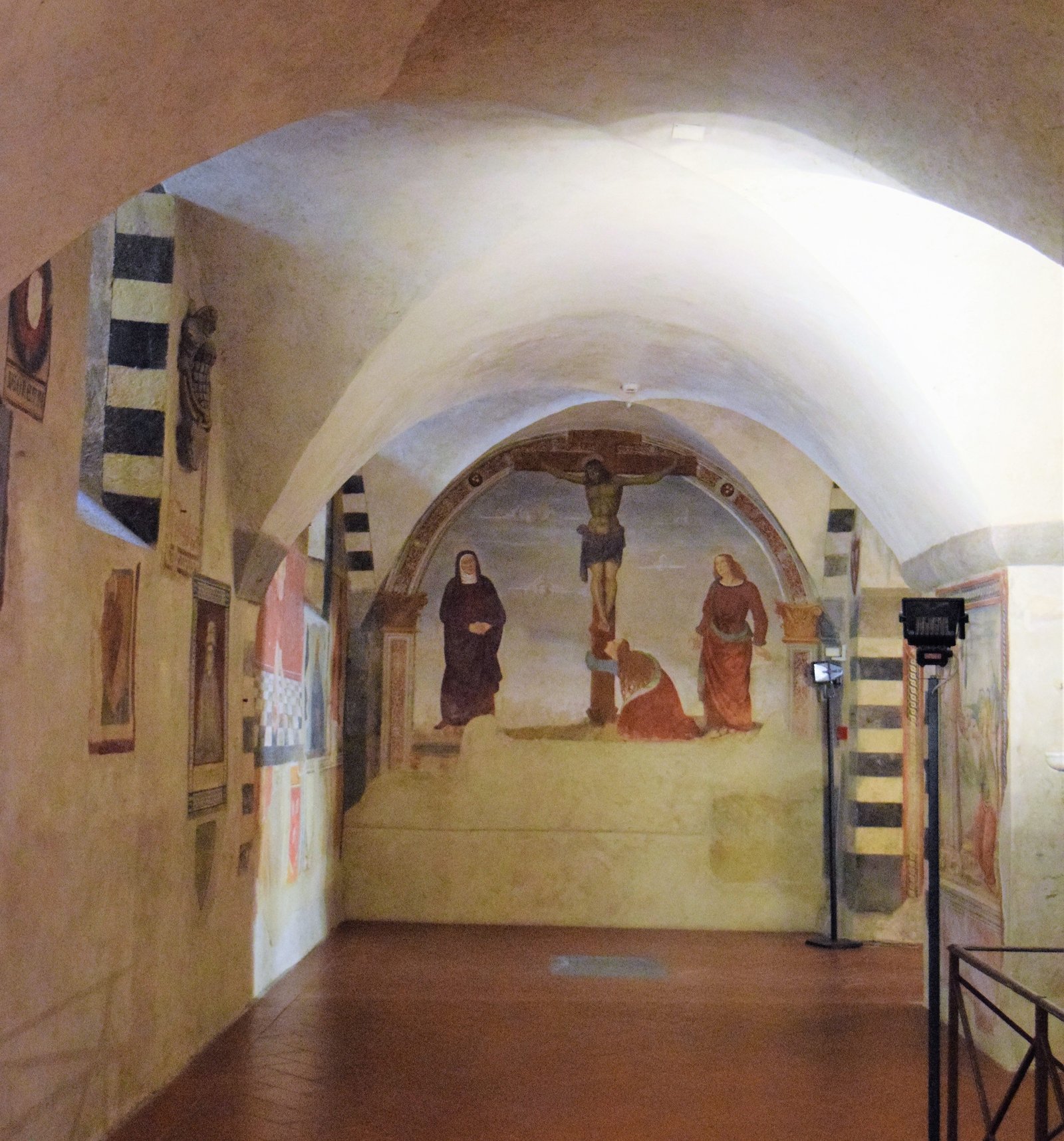

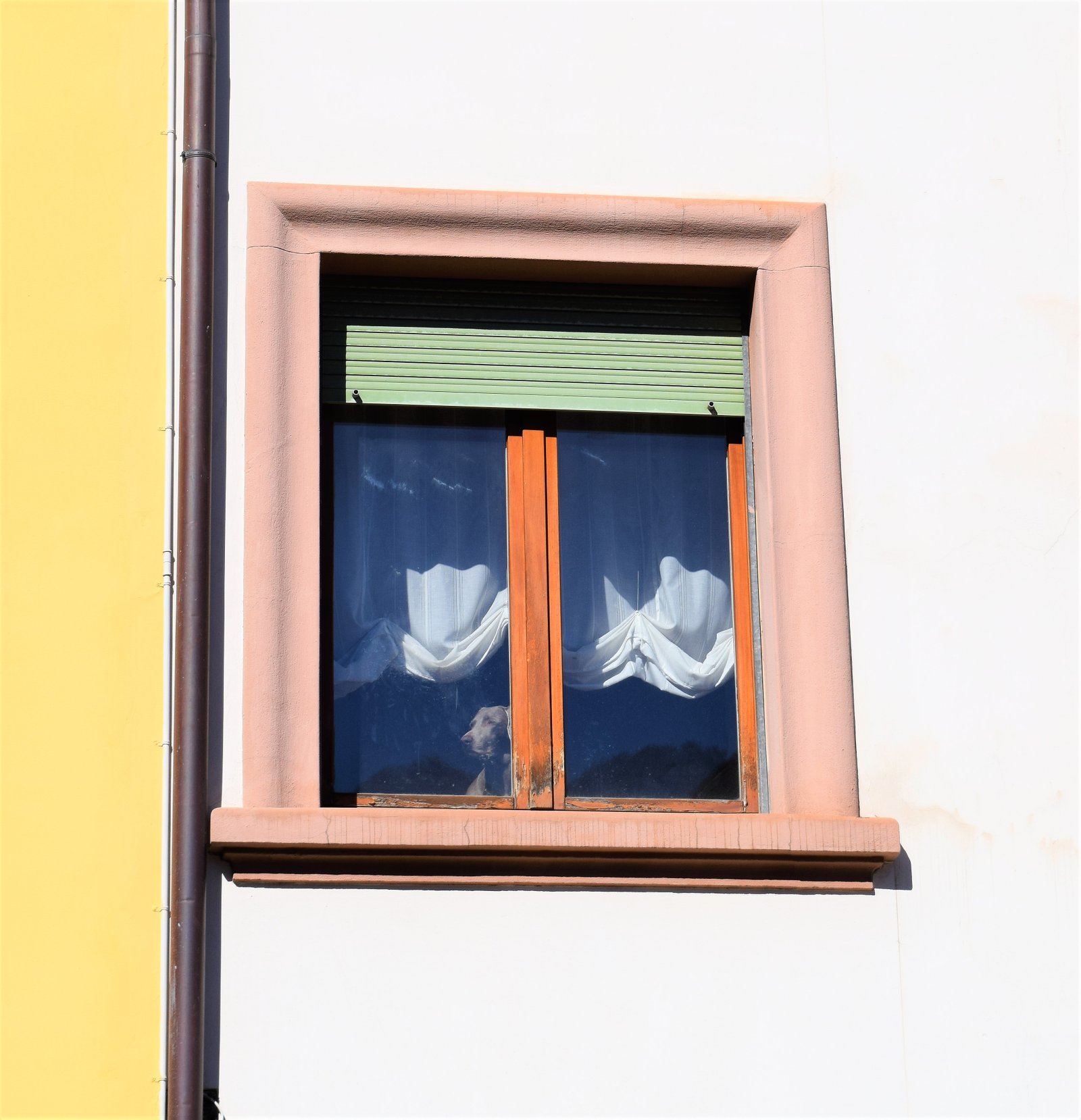

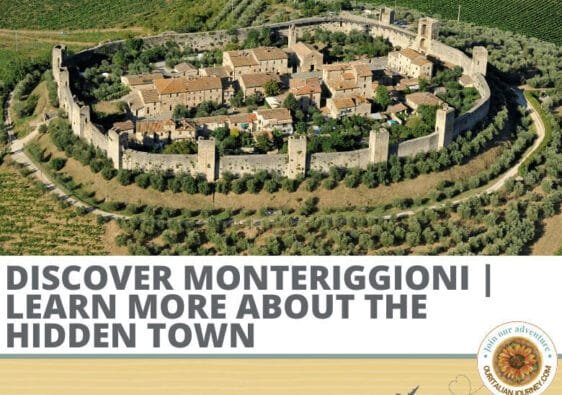



This is one of the main reasons Italy is so attractive to us for retirement. We love to explore new regions and cities so easily by hopping on a train or renting a car. The “finds” are seemingly endless.
You are right on the money, Tom. And I can say from experience… it is endless the discoveries to be made in this country. Thanks for commenting your perspective!